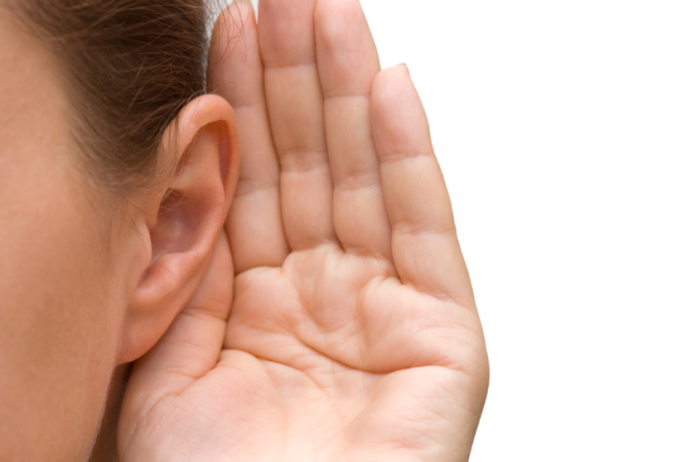
Discussions about ear wax may not be sexy, but we encourage you to listen up and get the skinny on what is known in medical circles as cerumen. Just because earwax is out of sight, it should never be out of mind, because it performs some important functions and can be the source of some health challenges as well.
Facts About Earwax
- Earwax is produced by special glands located in the skin of the outer part of the ear canal.
- Earwax forms in the first third of the outer ear only. Therefore, wax that ends up further in the ear canal has been pushed there by use of cotton swabs, bobby pins, or other objects. Do not use them! (That’s right-no cotton swabs in your ears!)
- The primary purpose of earwax is to protect the ear from foreign particles, microorganisms, dust, water, and other substances that may irritate and/or damage the ear.
- Normally, any excess earwax naturally makes its way into the ear opening when we chew, talk, and otherwise move our jaw. The wax dries and falls out of the ear and/or is washed away when showering or washing your hair.
- If your glands produce too much wax, it can get hard and block the ear canal. However, excess ear wax does not automatically result in a blockage.
- One of the most common reasons for temporary hearing loss is an accumulation of excess earwax.
- Most cases of conductive hearing loss among older adults is caused by an accumulation of earwax
- Cleaning your ears incorrectly can result in a blockage of the ear canal if the wax is accidentally pushed further into the canal.
- Frequent use of earphones can contribute to earwax buildup and blockage.
Read Tips on Preventing Ear Infections with Nutrition
You may have earwax buildup if you experience:
- Unexplained, sudden, or partial hearing loss
- A feeling of fullness in your ear
- Earache
- Ringing or buzzing in the ear
Failure to remove accumulated earwax may result in infection, which may cause severe ear pain, drainage from the ear, fever, dizziness, persistent hearing loss, coughing, or an odor coming from the ear.
Children who rub or stick their fingers or other objects into their ear canal may have earwax buildup or blockage. It’s best to have a pediatrician check the child’s ears; do not attempt to remove earwax accumulation yourself, as you may damage the ears.
Read more about Treating Swimmer's Ear Naturally
What To Do About Excess Earwax
To soften and help remove excess earwax, you can use the following substances: carbamide peroxide, glycerin, hydrogen peroxide, or mineral oil.
Ear irrigation can remove excess earwax, but it never should be done if you have an ear injury or infection or have had a medical procedure done on your ear. Use an over-the-counter product specially designed for ear irrigation or follow these directions:
- Sit or stand with your head in an upright position
- With one hand, pull gently upward on the outside of your ear
- With the other hand (or have someone else do it), squirt a stream of body temperature water into your ear using a syringe.
- Drain the water out of your ear by tipping your head
- Repeat several times if necessary to remove the earwax
Seek medical help if you are unable to remove excess earwax and/or if your ear becomes infected or irritated.
Ear candles (also known as ear coning) are marketed as a treatment for excessive earwax removal, but the Food and Drug Administration warns that it can cause bleeding, punctured eardrums, burns to the ears and face, and fire hazards.
ReferencesHealthline. Ear wax buildup and blockage
American Academy of Otolaryngology-Head and Neck Surgery. Earwax and care




